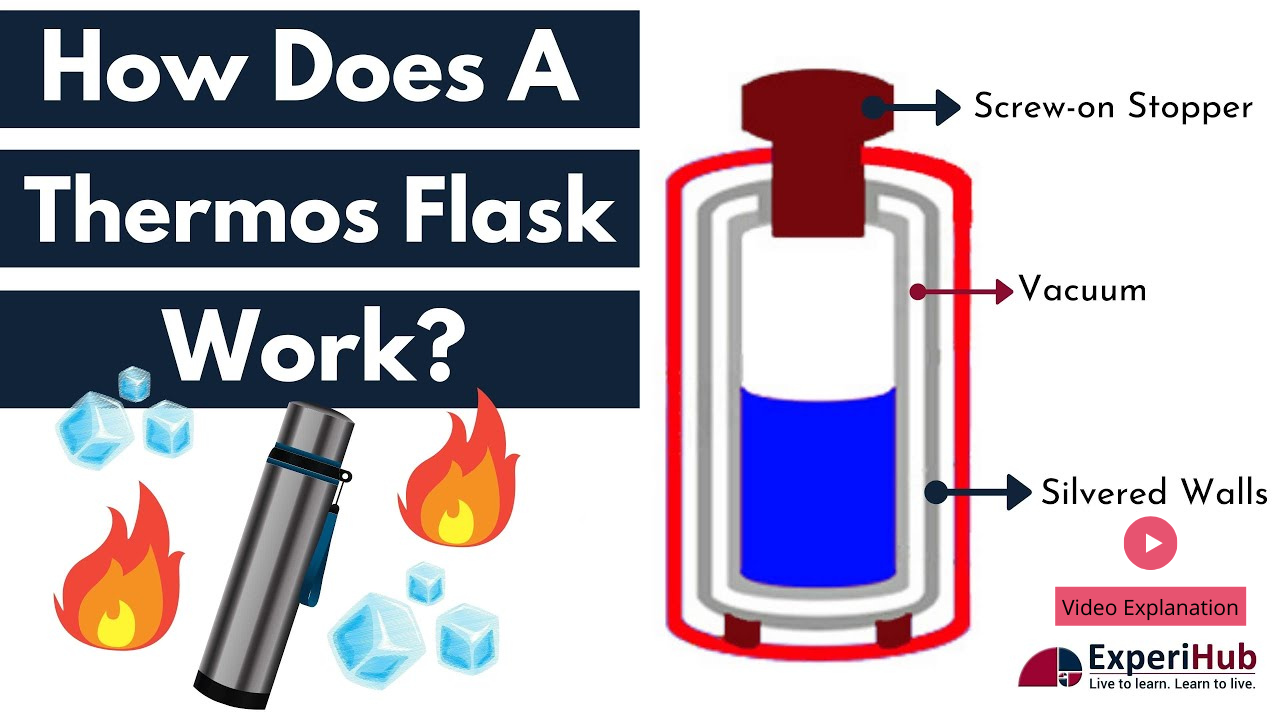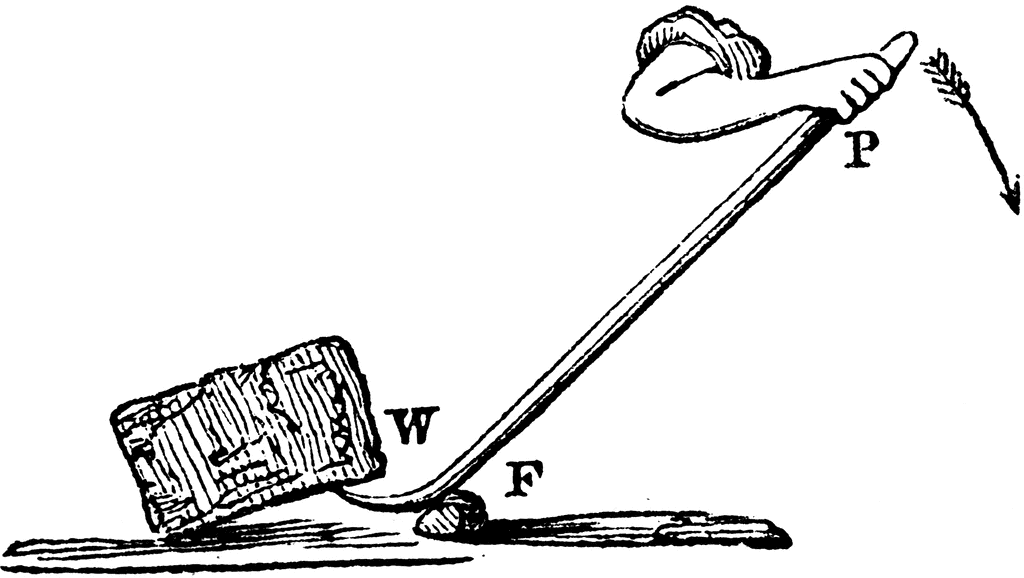This is the stopping force that opposes the relative movement or the tendency of relative motion of two solid surfaces, fluid layers, and material elements when they slide each other, known as friction. It acts tangentially along with the contact. Friction always exists in pairs. On microscopic observation, we find…
We can understand sliding friction as the resistance force created between any two bodies when sliding against each other. This friction is also called kinetic friction and it is defined as the force that is required to keep a surface sliding along another surface. It hangs on two variables-…
When surfaces in contact move relative to each other, the friction between the two surfaces converts kinetic energy into thermal energy (that is, it converts work to heat). This property can have dramatic consequences, as illustrated by the use of friction created by rubbing pieces of wood together to start…
Thermal conduction is the transfer of internal energy by microscopic collisions of particles and movement of electrons within a body. The colliding particles, which include molecules, atoms, and electrons, transfer disorganized microscopic kinetic and potential energy when joined, known as internal energy. Conduction takes place in most phases: solid,…
Heat transfer is the transfer of heat or thermal energy between physical systems. So when there is a temperature difference between two bodies, heat is transferred from the hot body to the colder body. There are three common modes of heat transfer – conduction, convection, and radiation. In this article,…
Radiation The color of your home’s exterior influences a lot more than the look of your house. The outside of your house either absorbs or reflects heat, making the inside hotter or cooler. That means the color you select for the outside of your home affects the temperature inside,…
The heater is placed near the floor because the air currents move upwards so the hot air fills up the whole room. Whereas, an air conditioner is placed near the ceiling because the cold breeze tends to settle down. If it is placed near the floor then it will fill just…
The vacuum flask consists of two vessels, one placed within the other and joined at the neck. The gap between the two vessels is partially evacuated of air, creating a partial-vacuum which reduces heat conduction or convection. Heat transfer by thermal radiation may be minimized by silvering flask surfaces…
It could simply be that black paint is cheaper… But I believe that the external coils on the back of refrigerators are painted black for the following reason: There is a rule in nature that says “a color that is better at absorbing heat is also better at radiating heat.” …
We encounter various types of lever in our everyday lives: opening a drink with a bottle opener, cutting paper with scissors, taking the lid off a paint pot using a screwdriver, and – the simplest of all – playing on a seesaw in the park. Yet, the principle of…
A lever is a simple machine consisting of a beam or rigid rod pivoted at a fixed hinge, or fulcrum. A lever is a rigid body capable of rotating on a point on itself. On the basis of the locations of fulcrum, load and effort, the lever is divided…
According to heat definition, it is one of the essential forms of energy for the survival of life on earth. Transfer of heat takes place from one body to another due to difference in temperature as per thermodynamics. We use heat energy for various activities like cooking, ironing, transportation,…
A mechanical device that changes the direction or magnitude of a force is known as a simple machine. In general terms, they are defined as simple mechanisms that make use of leverage or mechanical advantage to multiply force. Simple machines have few or no moving parts to modify motion and…













